JPG Canons
Community-curated NFT lists and categories, stored on Arweave for permanence and accessibility.
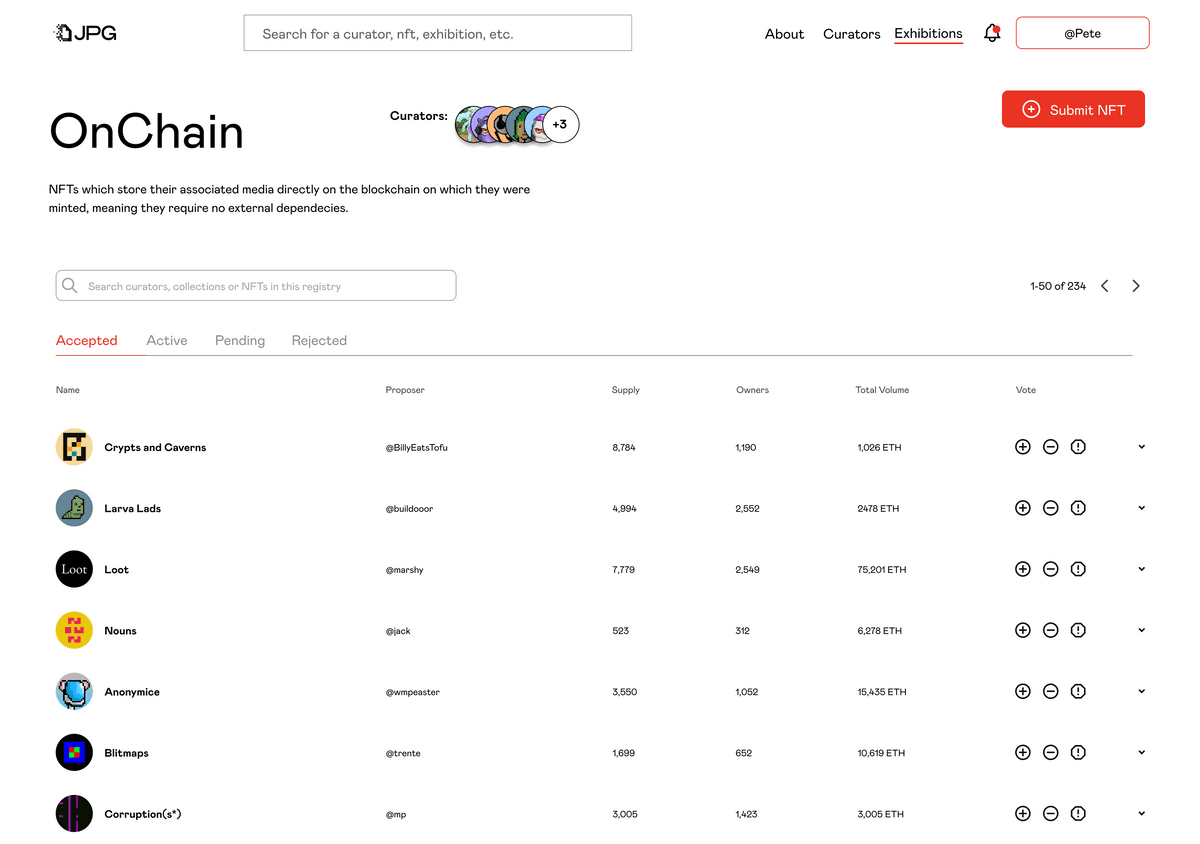
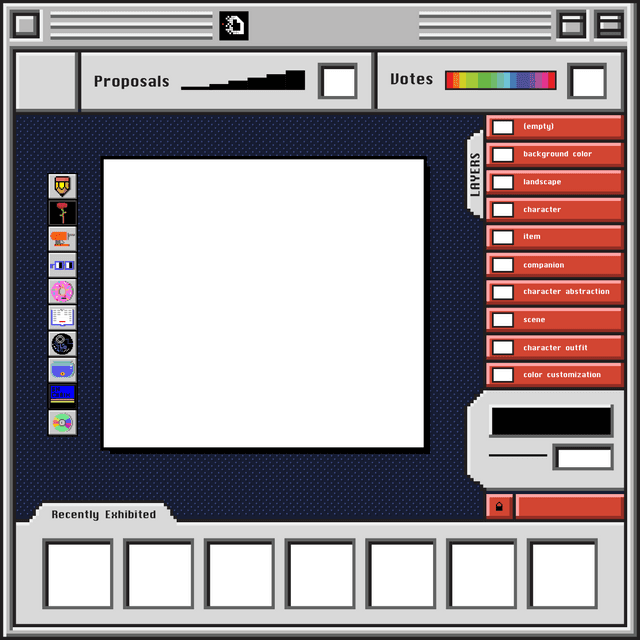
Browse Canons
Discover and govern the JPG canons
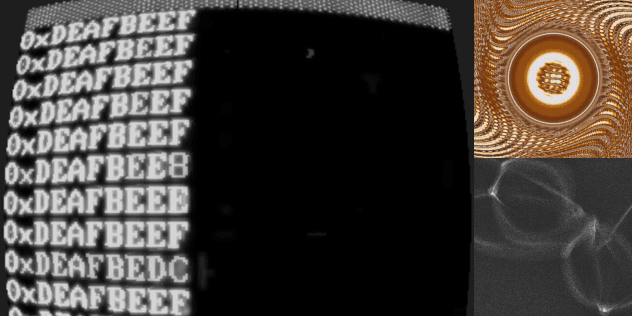
Audiovisual
Audiovisual artworks are special because they catch multiple senses at the same time – sight and hearing. This multi-sensory approach utilizes the atmospheric emotional influence of sound and music alongside more immediate and tangible visual elements. The resulting artworks create immersive experiences that stimulate a broad and profound spectrum of emotions, leading the viewer to sit with and fully experience the work.
View Canon
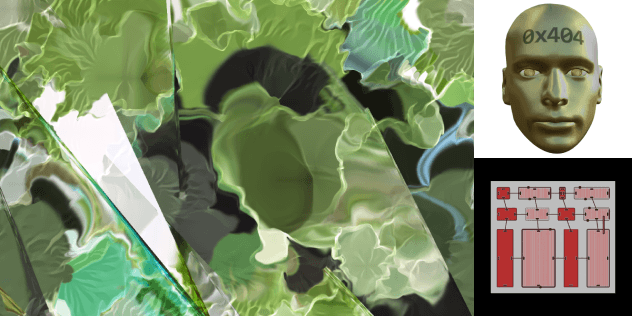
The Indie Collections Canon
Creating and selling art as NFTs has rewritten assumptions about distribution networks which were traditionally the domain of galleries, and has unleashed creative experimentation in formerly niche programming applications. Further, much of the art in this canon would have remained unseen without the permissionless creation and markets underpinning it.
The Indie Collections Canon celebrates creators who have engaged directly with the multiple facets of a project, fading the division of labour between making and selling.
Of course, the success of independent projects is enabled by the overlapping networks of support and open source collaboration that are a feature of the crypto space. Introducing the Indie Collections Canon (tagline: there are no independent projects).
View Canon
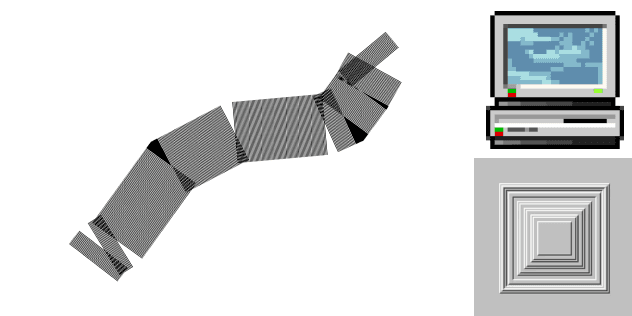
IYKYK
IYKYK
View Canon
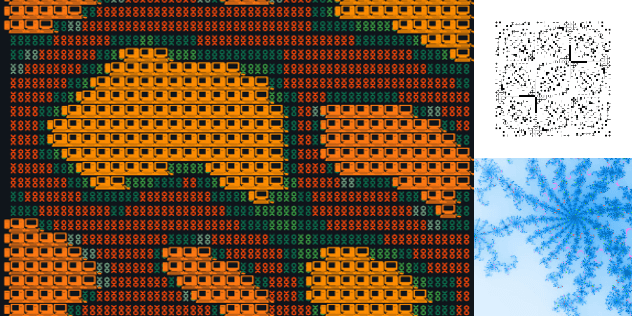
Onchain
The importance of permanence and persistence of NFTs becomes increasingly apparent in our industry. Instances where NFT art has vanished due to centralized server failures, changed metadata or unpinned IPFS content highlight the practical advantage of onchain NFTs. This type of NFTs not only offer a pathway towards the true decentralization of art, but also open the door for experimentation, and subsequently, groundbreaking concepts and ideas.
View Canon

Derivatives
Like art world appropriation, musical sampling, and mainstream fan fiction, a canonical derivative NFT collection takes the artistic content of an existing collection and extends it, mutates it, ironises, or even subverts it. The decentralised, permissionless cultural economy that NFTs are creating encourages these practices: artists anticipate and appeal to their own derivatives strategically, in order to foster community and achieve longevity in the market. Thou mayest build, anon.
View Canon

Crypto-Social-Aesthetics
While cryptoassets are inherently networked and likely to foster social groups and communities, some NFT projects specifically seek to facilitate or call attention to crypto-social interactions. As opposed to meatspace (or even internet social interactions), humanity and direct contact are unnecessary for interaction within crypto networks, though a layer of off-chain socializing exists and adds to complexity.
A working definition of crypto-social interactions would be a cryptographically secured relationship between two or more blockchain addresses within and/or between the private key holders of those addresses, and this canon is for those that intentionally highlight and engage with these dynamics
View Canon

Conceptual
In conceptual art the idea or concept is the leading gesture of the artwork. Visual execution follows an idea that frames the art making. A conceptual artist uses whatever materials and whatever form is most appropriate to putting their idea across – this could be anything from a performance to a written description.
View Canon

Dynamic
Dynamic NFTs go beyond the NFT as a static link and ledger recording ownership of a media file. Instead they function more like an application or software, responding to various data inputs and rules.
View Canon